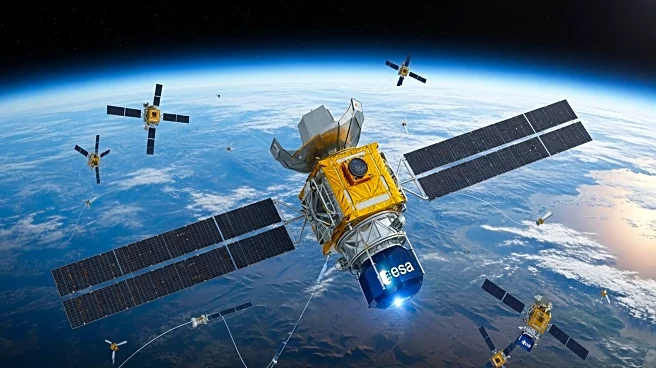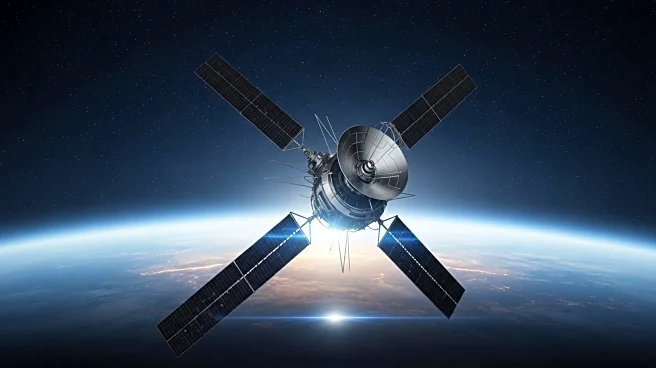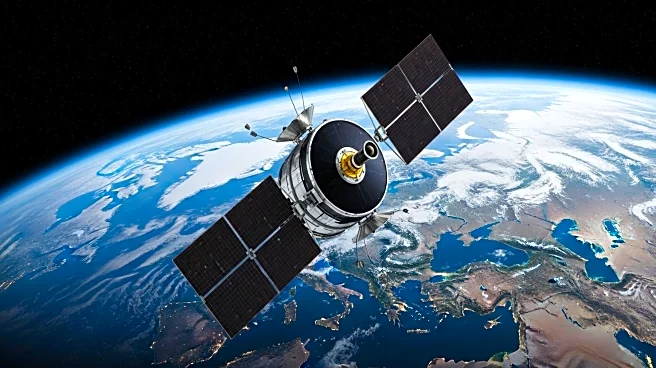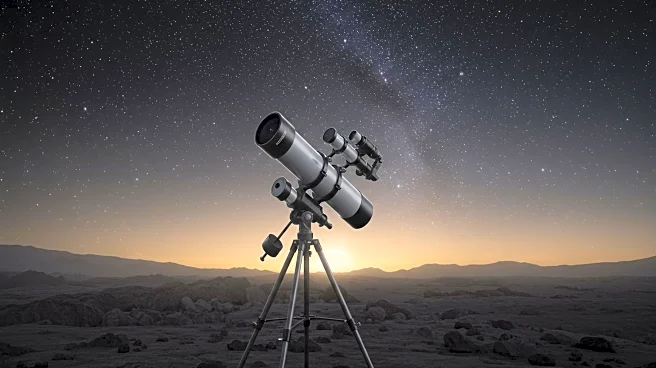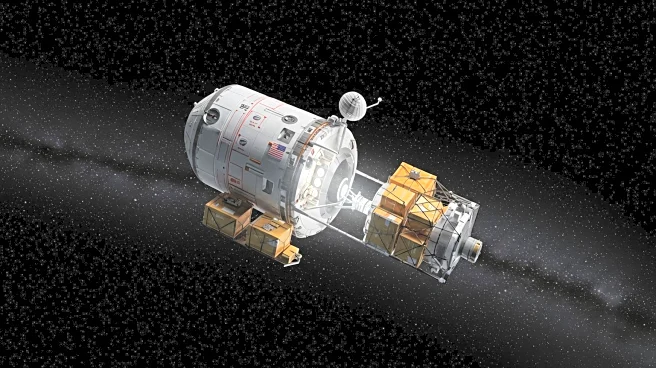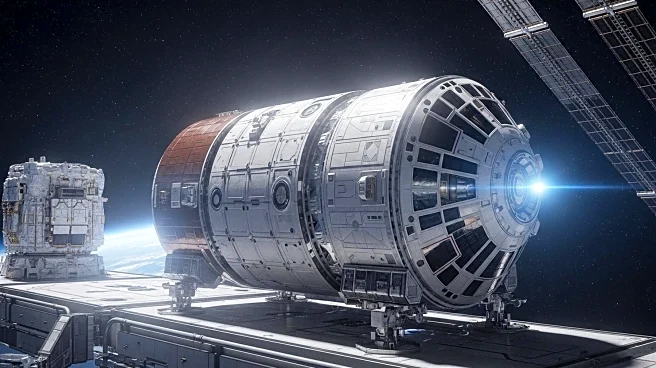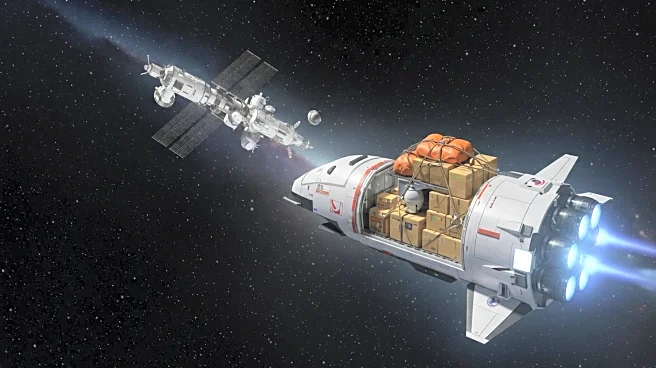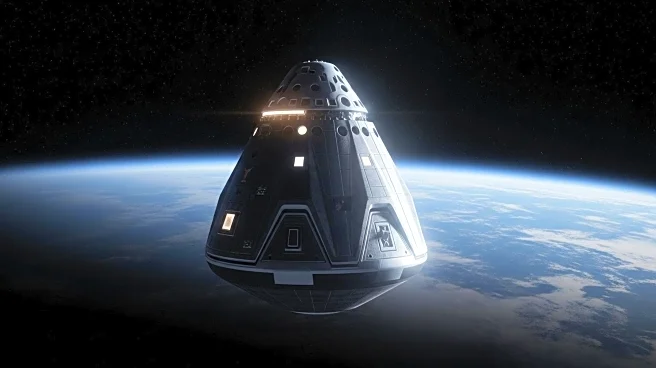Rapid Read • 7 min read
NASA, in collaboration with the U.S. Geological Survey (USGS) and the European Space Agency (ESA), has advanced Earth monitoring through the Harmonized Landsat and Sentinel-2 (HLS) project. This initiative combines data from Landsat and Sentinel-2 satellites to provide more frequent and detailed observations of Earth's land surface. The HLS Version 2.0, released in 2022, offers a global median repeat frequency of 1.6 days, significantly improving the ability to monitor short-term events like floods and long-term trends such as urbanization. The project aims to address the limitations of previous satellite data, which had longer revisit times, by integrating observations from multiple satellites. This enhanced dataset is now being used for various applications, including agricultural planning, disaster recovery, and environmental monitoring.
AD
The HLS project represents a significant advancement in satellite-based Earth observation, providing more timely and accurate data for a range of applications. This improved monitoring capability is crucial for managing natural resources, responding to environmental disasters, and supporting agricultural practices. By offering near-global coverage and frequent updates, the HLS data can help policymakers and scientists make informed decisions about land use and conservation. The project's success also highlights the importance of international collaboration in addressing global challenges, as it combines resources and expertise from NASA, USGS, and ESA.
The HLS project is set to continue evolving with the launch of future Sentinel and Landsat satellites, which will further enhance data quality and frequency. NASA and its partners are working on improving algorithms for data harmonization and cloud masking, as well as developing new products like a low-latency surface reflectance dataset. These advancements will expand the applications of HLS data, potentially benefiting more sectors and regions. The ongoing collaboration between NASA, USGS, and ESA will be key to the project's future success and its ability to meet the growing demand for high-quality Earth observation data.
AD
More Stories You Might Enjoy
